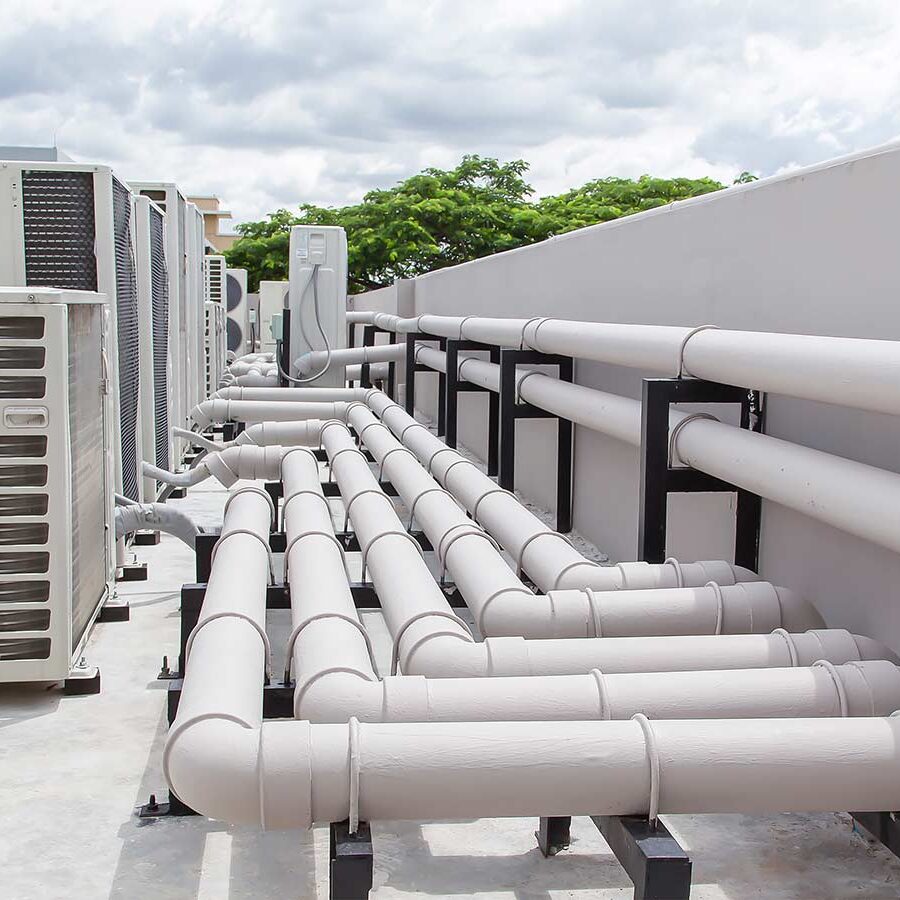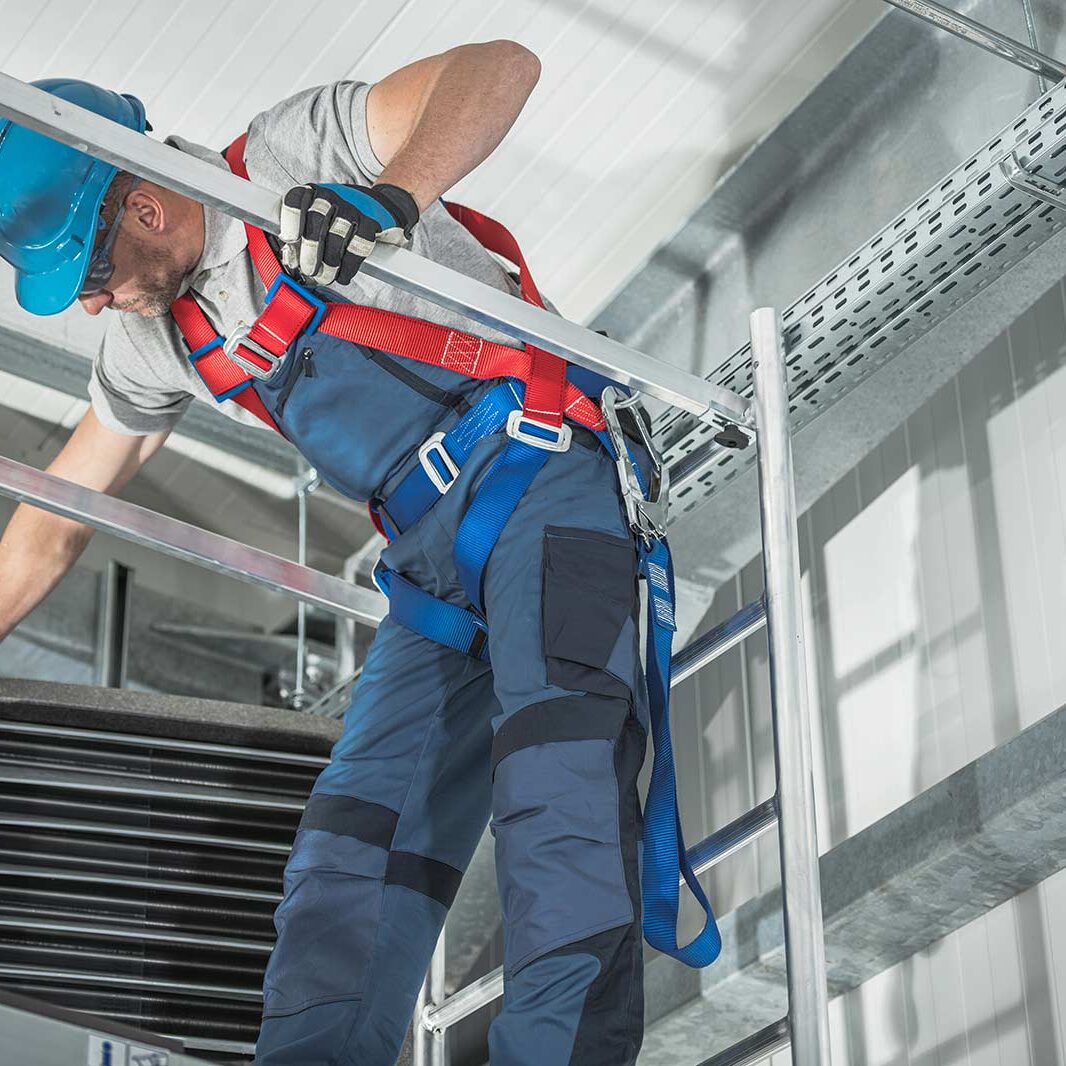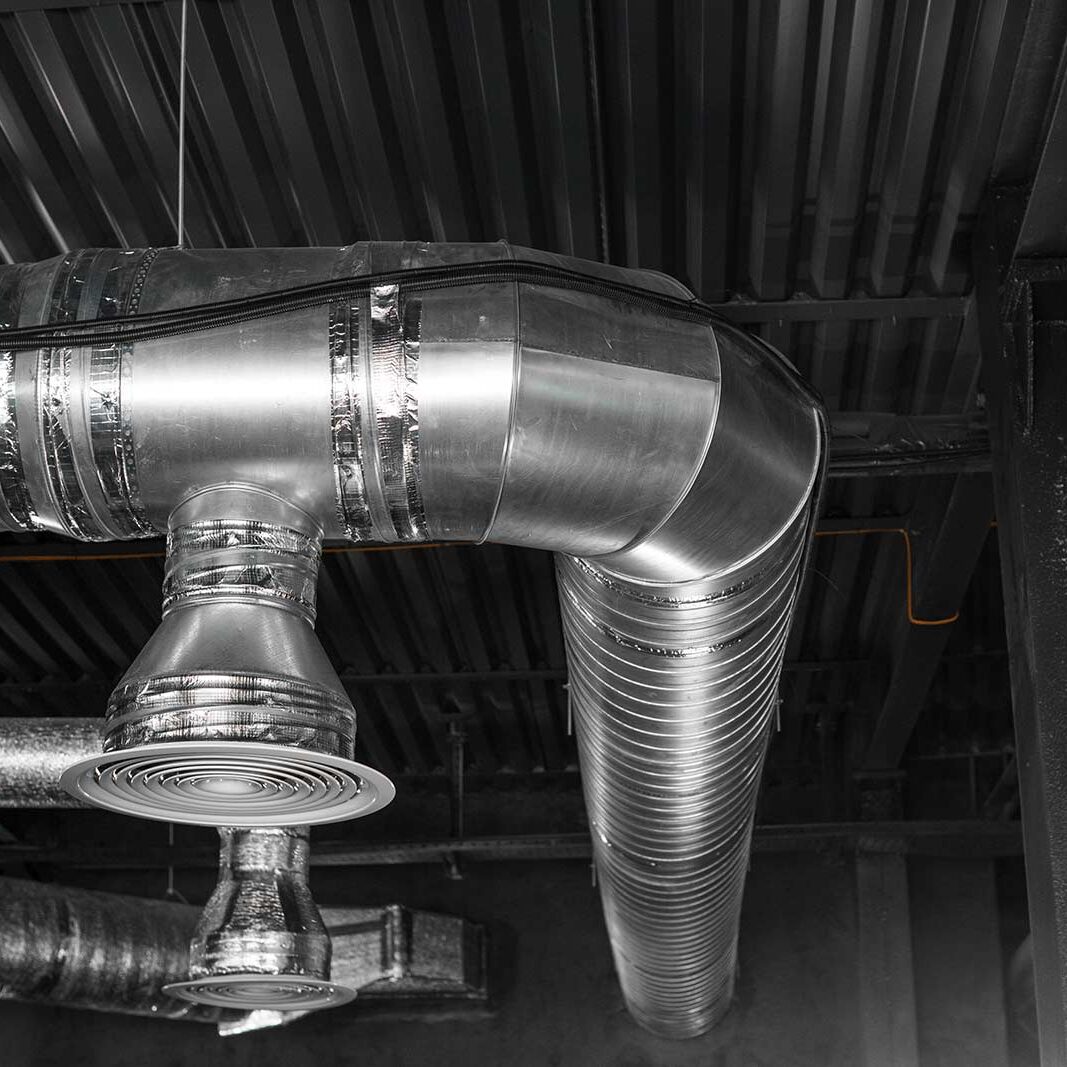
Commercial products we offer:
Call our Office to speak with a commercial specialist to customize the right plan for you.
Financing Options are Available
Contact us online for service or call for a free quote! We're happy to help with the rebate paperwork to save you money on your initial purchase as well as lower your utility bills.
Air Circulation Systems
Fresh air ventilation is required to meet building codes for new construction or to obtain energy tax credits.
Duct Smoke Detectors
National and local safety standards, and codes recognize the ability of air duct systems to transfer smoke, toxic gases, and flame from area to area. Sometimes the amount of smoke can be so high, it can be harmful or fatal unless blowers are shut down and dampers are actuated. The primary purpose of duct smoke detection is to prevent injury, panic and property damage by reducing the spread (re-circulation) of smoke. Duct smoke detection can also serve to protect the air conditioning system itself from fire and smoke damage, and can be used to assist in equipment protection applications.
Economizer
A duct and damper arrangement, and automatic control system that, together, allow a air conditioning system to supply outdoor air to reduce or eliminate the Return Relief Air to reduce or eliminate the need for mechanical cooling during mild or cold weather.


Exhaust
Exhaust fans play a major role in air quality and temperature controls for residential, commercial, and industrial applications. They work by drawing stale air out of homes and buildings to be replaced with fresh, outdoor air to meet HVAC industry-recommended air quality standards.
Infrared Heaters
Most infrared heaters are fueled using propane or natural gas, and sometimes oil. The hot temperatures generated by burning fuel inside the unit, heat either a steel tube (tube heater) or ceramic surface (luminous heater) within the heater. The heat from this surface is then emitted in the form of infrared radiant energy. Reflectors direct the infrared radiant energy downward to ultimately warm the floor and objects below it.
